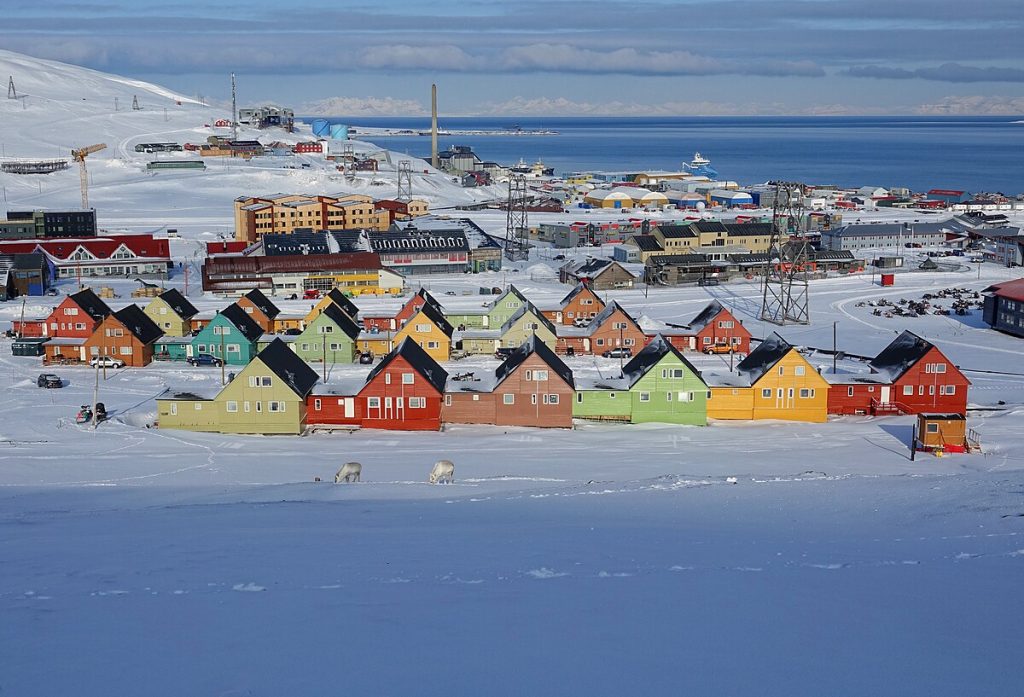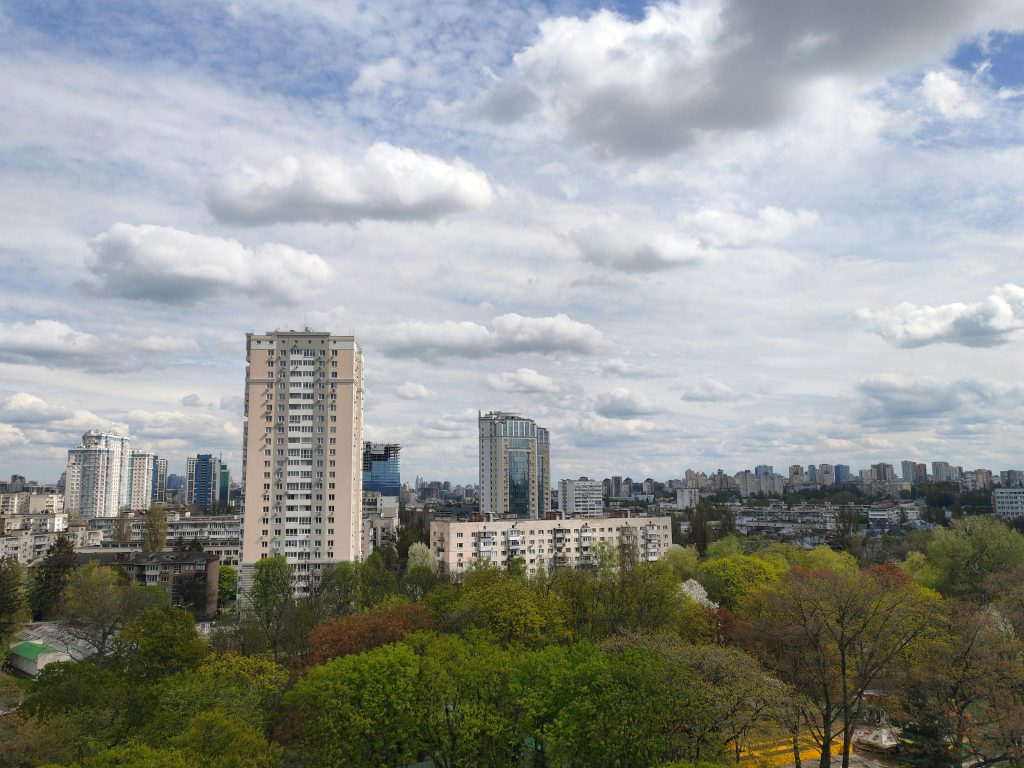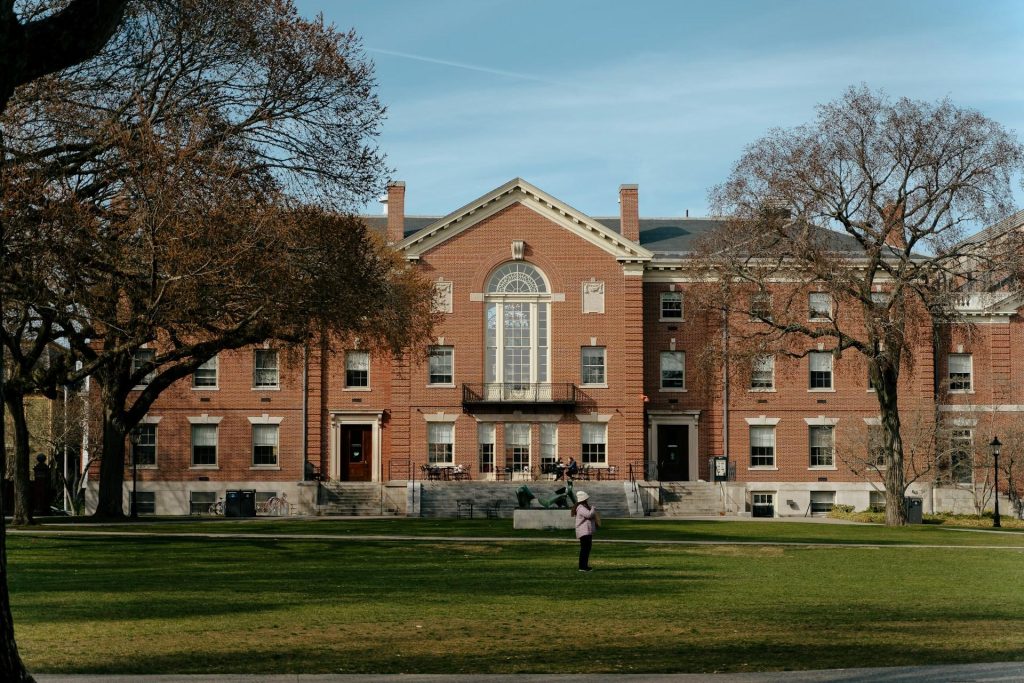In the high Arctic, roughly 640km (about 400 miles) from the North Pole, a crescent of mountains and ice rises from the sea: Svalbard. Its Old Norse name—Svalbarði, the “cold edge”—still fits. Yet the archipelago is more than a final frontier of frost. It is a living observatory, a small and stubborn community, and a place where climate facts read like headlines etched into the land.
First impressions: a hush that hums
The plane descends through a pale sky into Longyearbyen, the world’s northernmost town with a regular civilian population. The air feels different—cleaner, drier, sharper—and sound travels strangely. Snow deadens footsteps; sea ice carries the rumble of a distant calving glacier farther than expected. Even the colors look edited: blues deeper, shadows bluer, and anything warm-toned—a coat, a house, a face—suddenly luminous.
Longyearbyen is compact and practical, built for wind, winter, and work. Colorful houses lean into the slope; a few cafés glow like lanterns. A museum, a brewery, and a few gear shops outline the essentials: learn, layer, listen. The mountains hem the town like a protective amphitheater; beyond them, wilderness begins abruptly.
Where science wears a parka
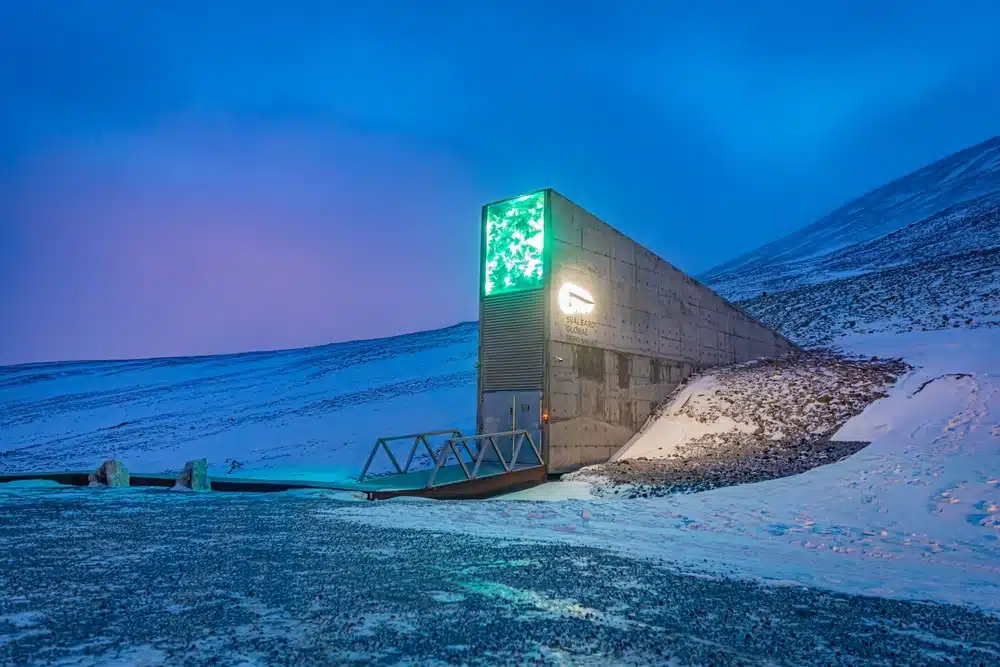
Farther north, Ny-Ålesund sits on the lip of Kongsfjorden, a small grid of buildings facing a panorama of glaciers. Once a coal-mining outpost, it is now an international research village. Here, scientists from across the world monitor the atmosphere, oceans, ice, ecosystems, and space weather. Antennas sweep the sky; instruments inhale the air; small boats fan out over the fjord. The rhythm is steady: briefings, fieldwork, sampling, logging, calibrating—performed with the same care sailors give to knots.
Field days are made of practical ballet. Rifles and flares are carried for polar bear protection. Weather windows are seized, and plans are elastic by necessity. A permafrost team may pivot from drilling to drone mapping if katabatic winds pick up. Marine biologists schedule sampling around tides and ice drift. Microbiologists guard sterile techniques against snow squalls and curious Arctic foxes. The work is slow, precise, meticulous—science adapted to a place that does not care for shortcuts.
Life at the town’s edge
Daily living, too, feels like fieldwork. Boots pile at doorways; etiquette requires checking the “polar-bear board” before any excursion outside settlement limits. Residents share snowmobile routes, avalanche advisories, and sightings of a lone bear or a curious bearded seal. In the dark season, headlamps and reflective bands become community uniform. In the midnight sun, blackout curtains are as essential as mittens.
Meals are communal glue. Stories swap across tables: the time a glacier face calved with the sound of artillery; the way a fog bank swallowed a boat “like a curtain closing”; a shared relief when a weather balloon finally cleared the ridge. Evenings bring simple pleasures—waxing skins, drying gloves, logging data, plotting the next safe window to reach a site that keeps slipping out of reach.
Wildlife, properly humbled
Encounters here are governed by distance and respect. Reindeer amble through town like slow-moving weather. Arctic foxes, quick and bright-eyed, ghost between buildings. Bird cliffs wake the summer with racket and guano. Polar bears command the most careful choreography: travel in groups, keep line of sight to the shore, scan ridges, turn back if anything feels wrong. The reminder is constant—this is their world first.
Landscapes that argue with time
Svalbard’s scenery feels freshly minted yet visibly in transition. Glaciers step down to the sea in broken tiers, some retreating into steep-walled valleys that uncover rock last touched by ice centuries ago. Meltwater braids rivers across outwash plains. In late summer, the fjords carry plumes of silty “glacial milk” that turn arctic blue into suede gray. Each feature frames a question: How fast? How far? What next?
Scientists answer with instruments, but anyone who returns after a few years answers with memory. A bay that was once rimmed with sea ice in April stands open water. A familiar snow bridge collapses earlier in the season. Permafrost slumps, leaving patterns like sagged pastry where earth once held firm. The changes are not subtle to local eyes. Here, climate is not a chart—it’s the shoreline.
The fastest-warming place, experienced
Svalbard is warming rapidly, reshaping the seasons. Winter rains were only snow once it fell. Avalanches that were once rare have prompted new protections on slopes above town. Sea ice in the fjords forms later, thins, or fails entirely, rewriting travel plans that depended on firm platforms. For researchers, the present tense demands agility: instruments must withstand melt, protocols must adapt to rain at -2°C, and “typical conditions” are a moving target.
For visitors, the effect is both wonder and weight. The place is overwhelmingly beautiful—peaks crisp as origami, sun circling and painting the same mountain differently each hour, aurora spilling over the town like a quiet parade. Witnessing the Svalbard aurora borealis for the first time is a defining experience—ribbons of green and violet weaving silently across the black Arctic sky, mirrored in the fjord below. It is one of the few moments when the planet feels both vast and intimately alive.
Ethics of arrival at the edge
To travel here is to join a delicate equation. Svalbard is accessible, yet fragile; welcoming, yet bound by rules that keep it wild and safe. Good travel looks like this:
- Go with intent. Choose operators aligned with science and conservation, who brief thoroughly on safety and wildlife distance, and who coordinate with local advisories.
- Pack respect. Stay on marked routes, keep buffers from wildlife, minimize noise, and carry out everything carried in.
- Spend locally. Support guides, galleries, and cafés that support year-round community life.
- Learn first, then photograph. Let understanding lead; images follow.
These choices are small but cumulative, like the instruments in Ny-Ålesund—modest on their own, meaningful across time.
How does the place hold people?
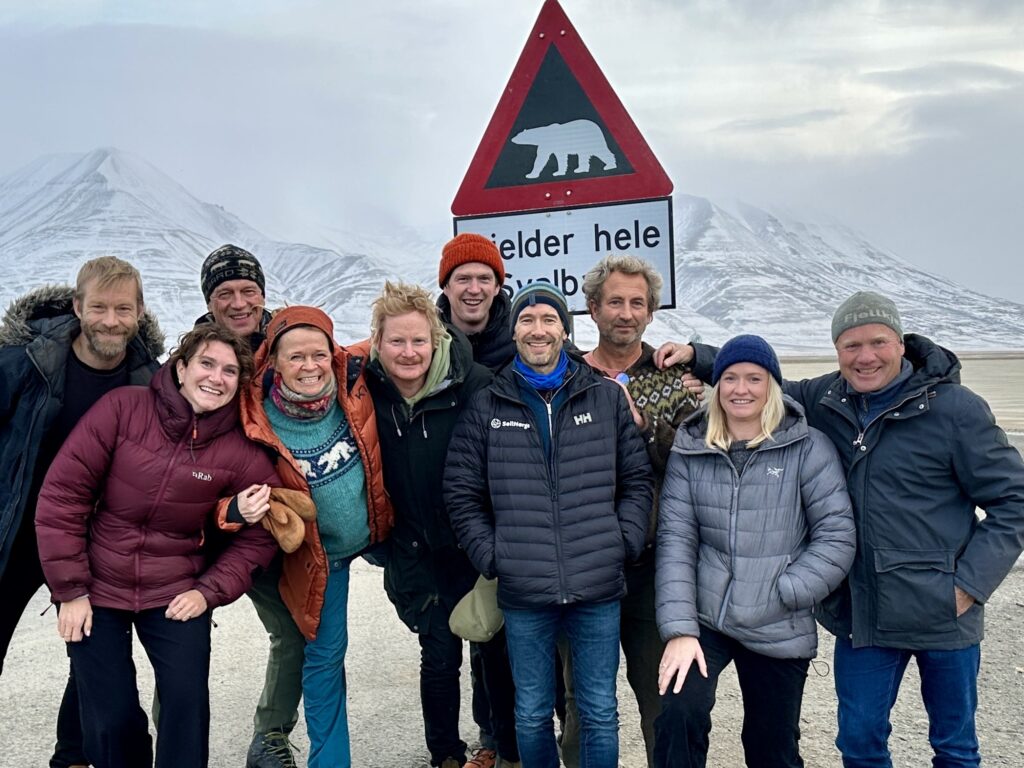
What keeps people returning—scientists, guides, cooks, mechanics, pilots—is not only the scenery but the clarity. The Arctic edits out nonessentials. Weather dictates, daylight reprograms, tasks matter. Collaboration is non-negotiable. Skill and humility become twins. Risk is assessed and reassessed. And in the quiet between wind gusts, the mind rests in a way that’s hard to find farther south.
Practical notes for those called north
- When to go: Late spring through early autumn offers access to most activities—ski touring and snowmobiling in spring; hiking, boating, and kayaking in summer; aurora and polar night experiences in late autumn and winter.
- What to expect: Rapid weather changes, strict safety briefings, and occasional plan pivots. Layering is everything: moisture-wicking base, insulating mid, windproof outer.
- How to move: Within settlements, on foot or by bike in summer; snowmobiles and tracked vehicles in winter. Beyond town, travel only with trained guides and appropriate protection.
- Why it matters: This is a front-row seat to planetary change, a place where cooperation and carefulness keep both people and wildlife safe.
Stepping off the map
Standing at the edge of a fjord, listening to the creak of glacier ice and the hush of distant surf, it’s easy to feel that the world has narrowed to cold light and clear air. Yet the opposite is true. At this “cold edge,” the world feels bigger—its systems more visible, its links more obvious, its future more shared.
That feeling is the gift Svalbard gives: perspective, scaled to mountains and ice; humility, measured in kilometers of frozen sea; and a quiet resolve to carry both home.


